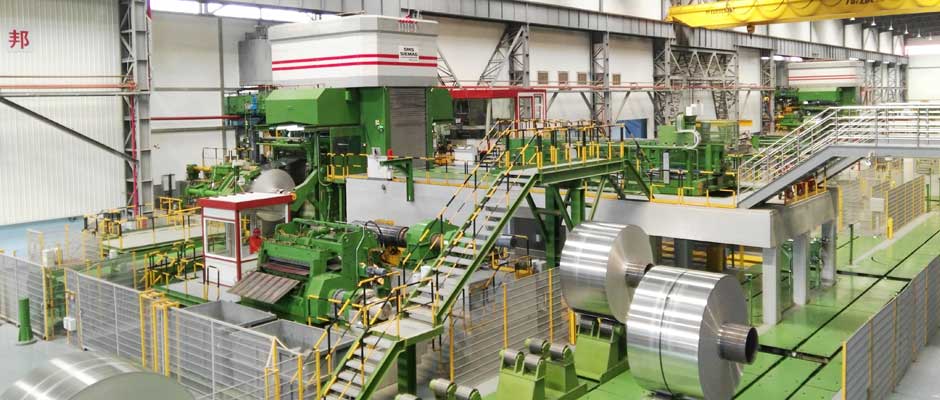Annealing aluminum sheet is a heat treatment process mainly used to improve the mechanical properties and process properties of aluminum alloys. The annealing process eliminates the internal stress generated by the aluminum alloy during processing and improves its plasticity and toughness through heating, heat preservation and slow cooling.

- Purpose of annealing
– Eliminate internal stress: Aluminum sheets will generate internal stress during processing (such as cold rolling, stretching, etc.), and annealing can effectively eliminate these stresses.
– Improve plasticity: After annealing, the plasticity and ductility of the aluminum sheet will be improved, which is convenient for subsequent processing.
– Restore toughness: Annealing can improve the toughness of aluminum alloys and reduce brittleness.
– Adjust hardness: Annealing can adjust the hardness of aluminum alloys as needed to achieve the required performance standards.
- Annealing process
Annealing of aluminum plates usually includes the following steps:
– Heating: Heat the aluminum sheet to a specific temperature, usually between 300°C and 600°C, and the specific temperature depends on the type of aluminum alloy.
– Insulation: Maintain a certain period of time at a set temperature to ensure that the temperature is evenly distributed and the corresponding phase change is completed. The holding time usually depends on the thickness and alloy composition of the aluminum sheet.
– Cooling: Slowly cool to room temperature to avoid generating new internal stress. The cooling method is usually natural cooling.
- Types of annealing
– Full annealing: Heat the aluminum alloy to the complete recrystallization temperature to eliminate all internal stresses and restore the initial state of the aluminum alloy.
– Partial annealing: Heating to below the complete recrystallization temperature, only eliminating part of the internal stress, retaining a certain hardness and strength.
Advantages after annealing
– Improved processing performance: The material is softer, easy to form in a complex manner, and reduces mold wear and scrap rate.
– Stress relief: Reduce the risk of deformation in subsequent processing or use.
– Enhanced uniformity: Optimized grain structure and improved mechanical property consistency.
– Welding adaptability: Reduce welding deformation and improve connection reliability.
Typical application areas of annealed aluminum sheet:
– Automotive manufacturing: Body panels, fuel tanks and other parts that require deep stamping.
– Packaging industry: Aluminum cans and aluminum foil production, avoid work hardening cracking through intermediate annealing.
– Aerospace: Forming of complex-shaped parts (such as skins and frames). Electronics and construction: bending and surface treatment (such as anodizing) of heat sinks and decorative panels.
– Power industry: softening of conductive aluminum bars for easy installation and connection.
Aluminum sheet annealing is an important heat treatment process. Through reasonable heating and cooling processes, it can significantly improve the performance of aluminum alloys, so that it can show better performance and reliability in subsequent processing and applications. Aluminum sheet annealing has become an indispensable link in the manufacturing industry by optimizing material properties, balancing molding requirements and structural stability, and is widely used in the field of high-precision processing.
Contact Us
- 1103, No.14 Waihuan Road, CBD,Zhengzhou, China
- +86-0371-65621391
- nydia@aluminumhm.com
- Contact Form

